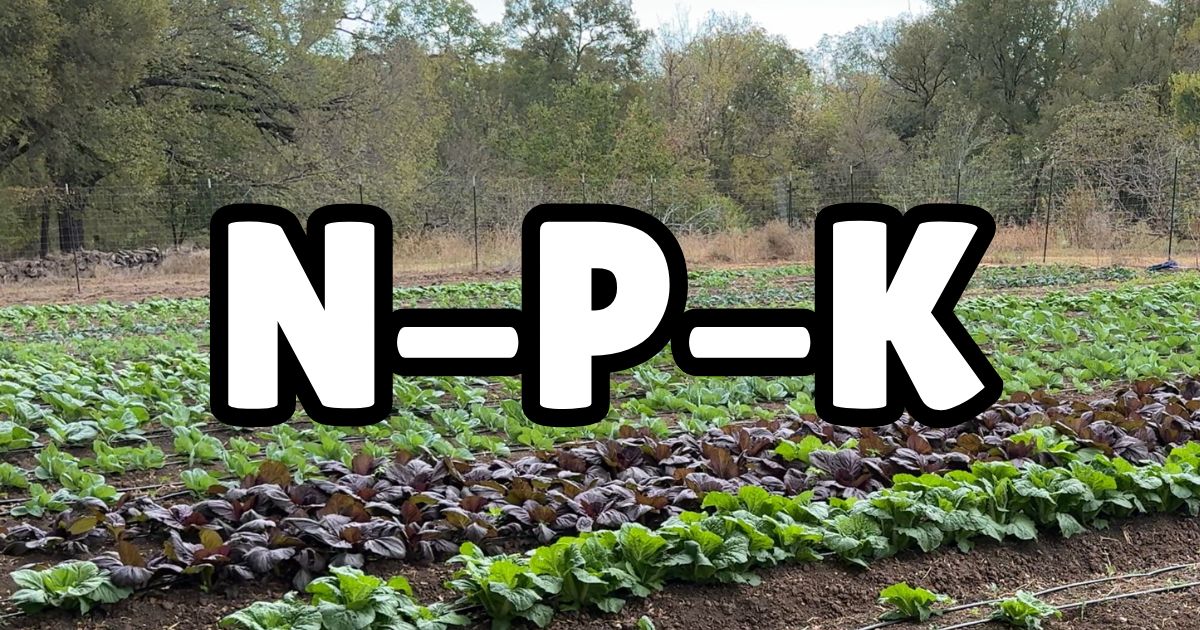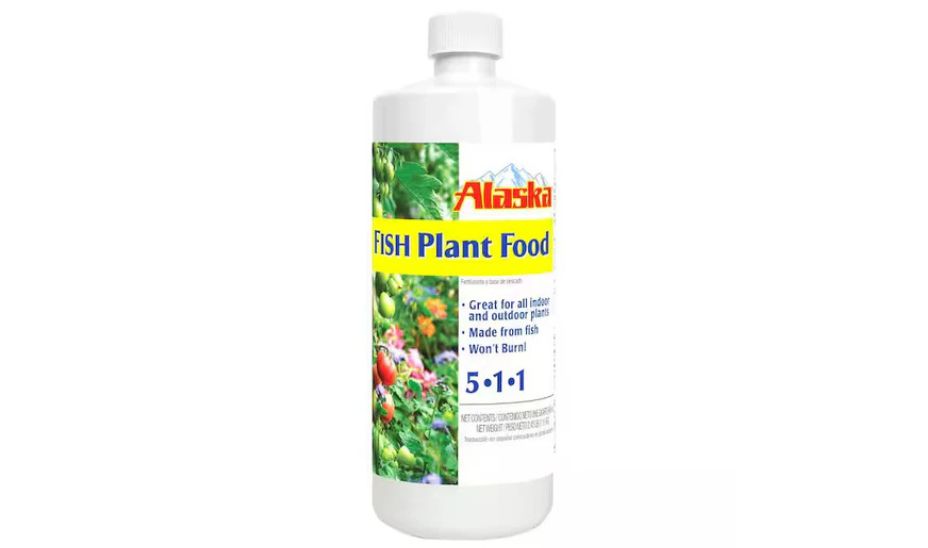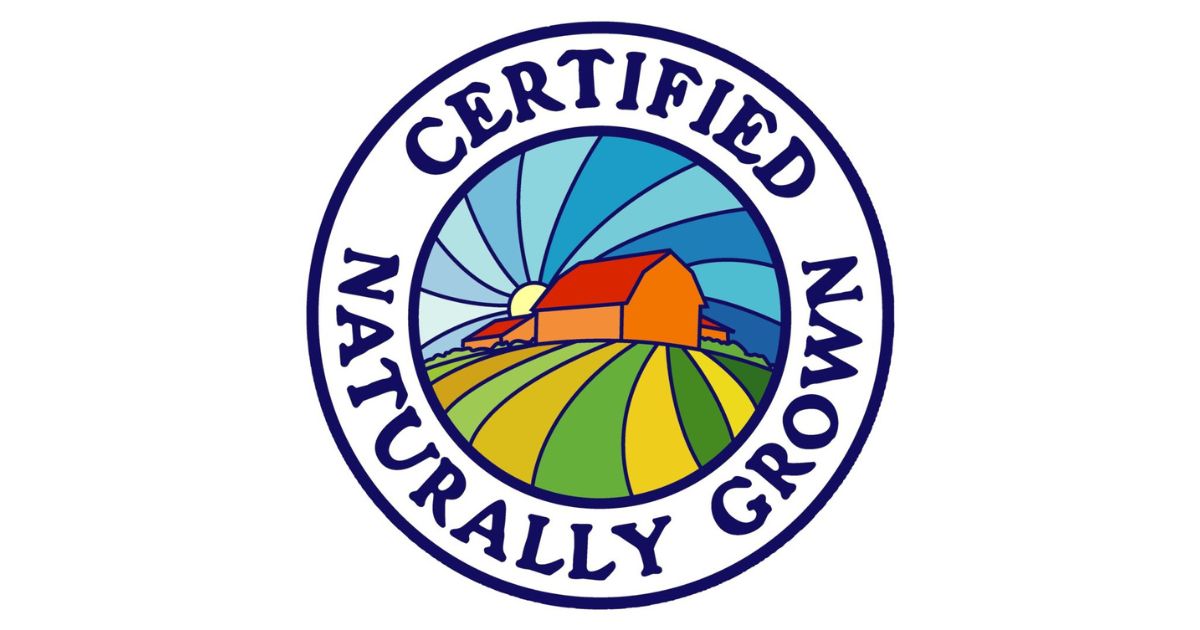
Understanding NPK: What Fertilizer Numbers Mean for Your Garden
When you’re browsing the garden center, you might notice numbers like 10-10-10 or 20-5-10 on fertilizer packages. These numbers, known as NPK values, represent the proportions of nitrogen (N), phosphorus (P), and potassium (K) in the fertilizer. Understanding these fertilizer numbers is crucial for choosing the right product to meet your plants’ needs.
What Do NPK Numbers Mean?
NPK numbers on fertilizer packages indicate the percentage of each nutrient in the product:
- N (Nitrogen): The first number represents nitrogen content. Nitrogen fertilizer is essential for leaf and stem growth, making it crucial for leafy vegetables and grass.
- P (Phosphorus): The middle number indicates the amount of phosphorus. Phosphorus fertilizer promotes root development and flowering, which is vital for root vegetables and flowering plants.
- K (Potassium): The last number shows the potassium content. Potassium fertilizer helps with overall plant health, disease resistance, and water regulation, benefiting all types of plants.
Importance of Each Nutrient
- Nitrogen (N): A key component of chlorophyll, nitrogen is essential for photosynthesis. It also contributes to rapid growth and lush, green foliage. Plants with nitrogen deficiency often display yellowing leaves.
- Phosphorus (P): Phosphorus is vital for energy transfer and photosynthesis. It supports root growth, flower development, and fruit production. A lack of phosphorus can result in stunted growth and poor flowering.
- Potassium (K): Potassium regulates plant processes, including water uptake and enzyme activation. It strengthens plants’ overall health and improves their ability to withstand drought and disease. Symptoms of potassium deficiency include brown leaf edges and weak stems.
How to Choose the Right Fertilizer
Choosing the right fertilizer depends on your plants’ specific needs:
- For leafy greens and lawns, use a high-nitrogen fertilizer like 20-10-10.
- For flowering plants and root vegetables, opt for a balanced fertilizer like 10-10-10 or one higher in phosphorus, such as 5-10-5.
- To boost overall plant health, consider a high-potassium fertilizer like 10-5-20.
Conclusion
Understanding NPK fertilizer numbers helps you provide the right nutrients for your garden, ensuring healthy, thriving plants. By knowing what each nutrient does and how to interpret fertilizer numbers, you can make informed decisions and achieve optimal growth and yields in your garden.



